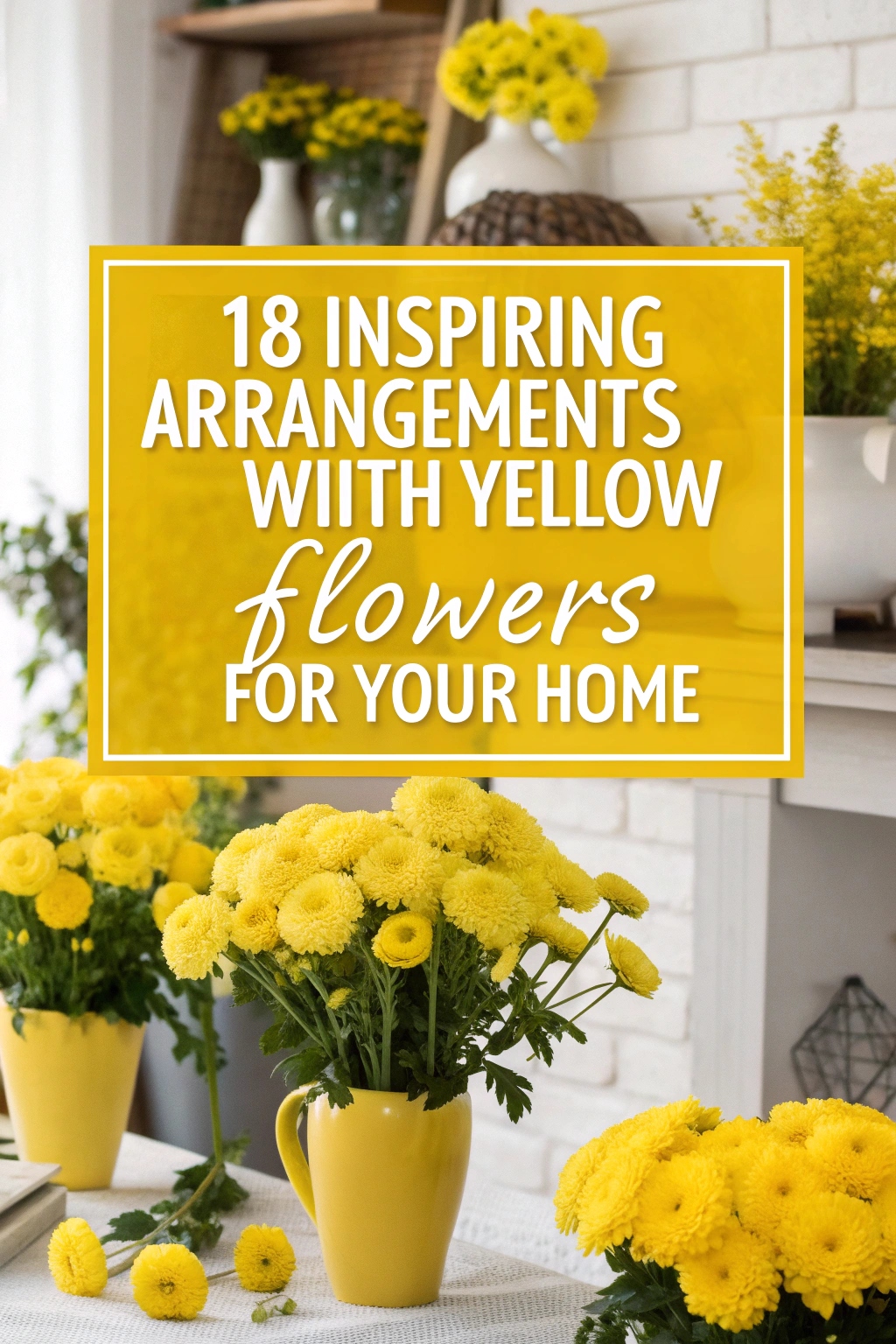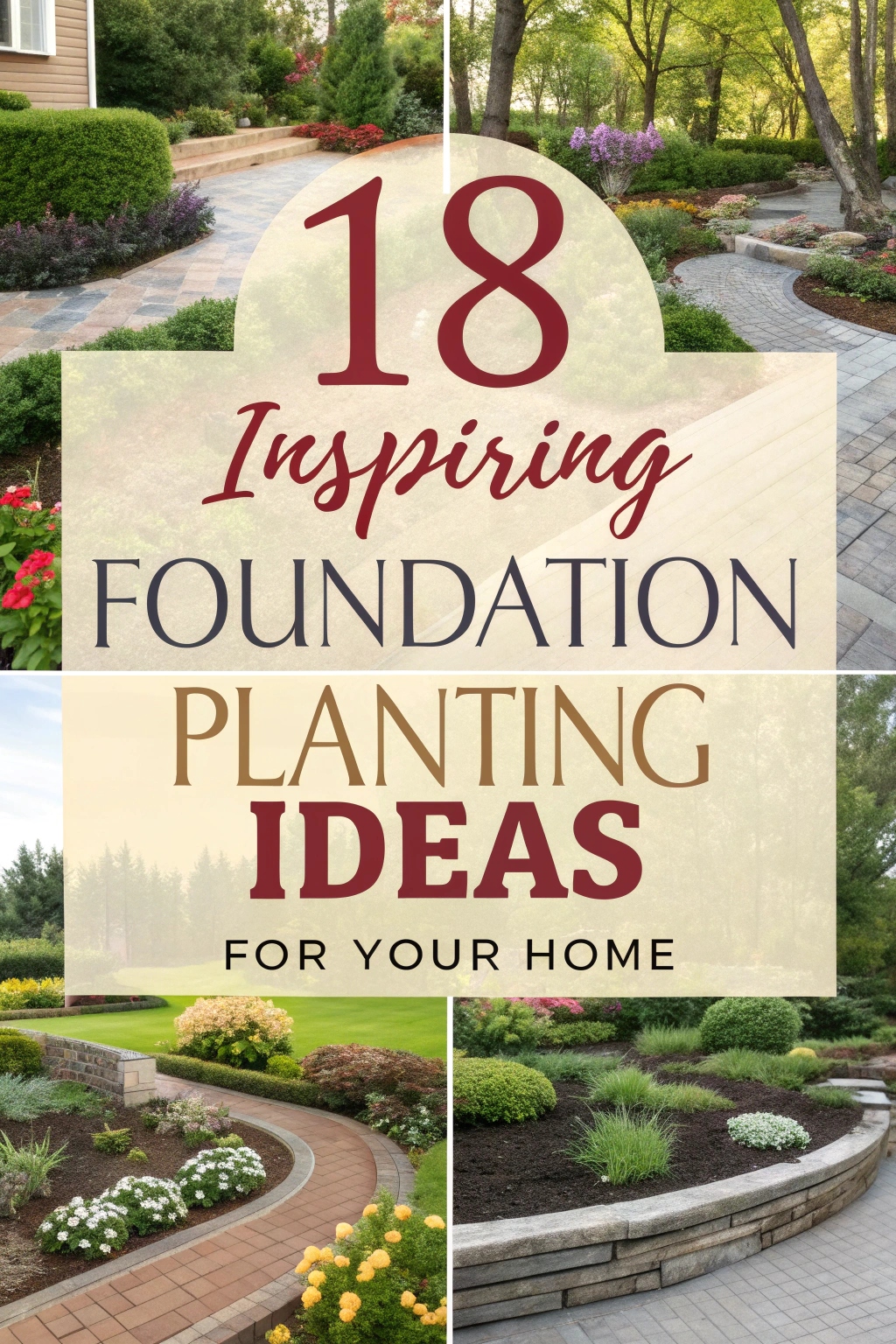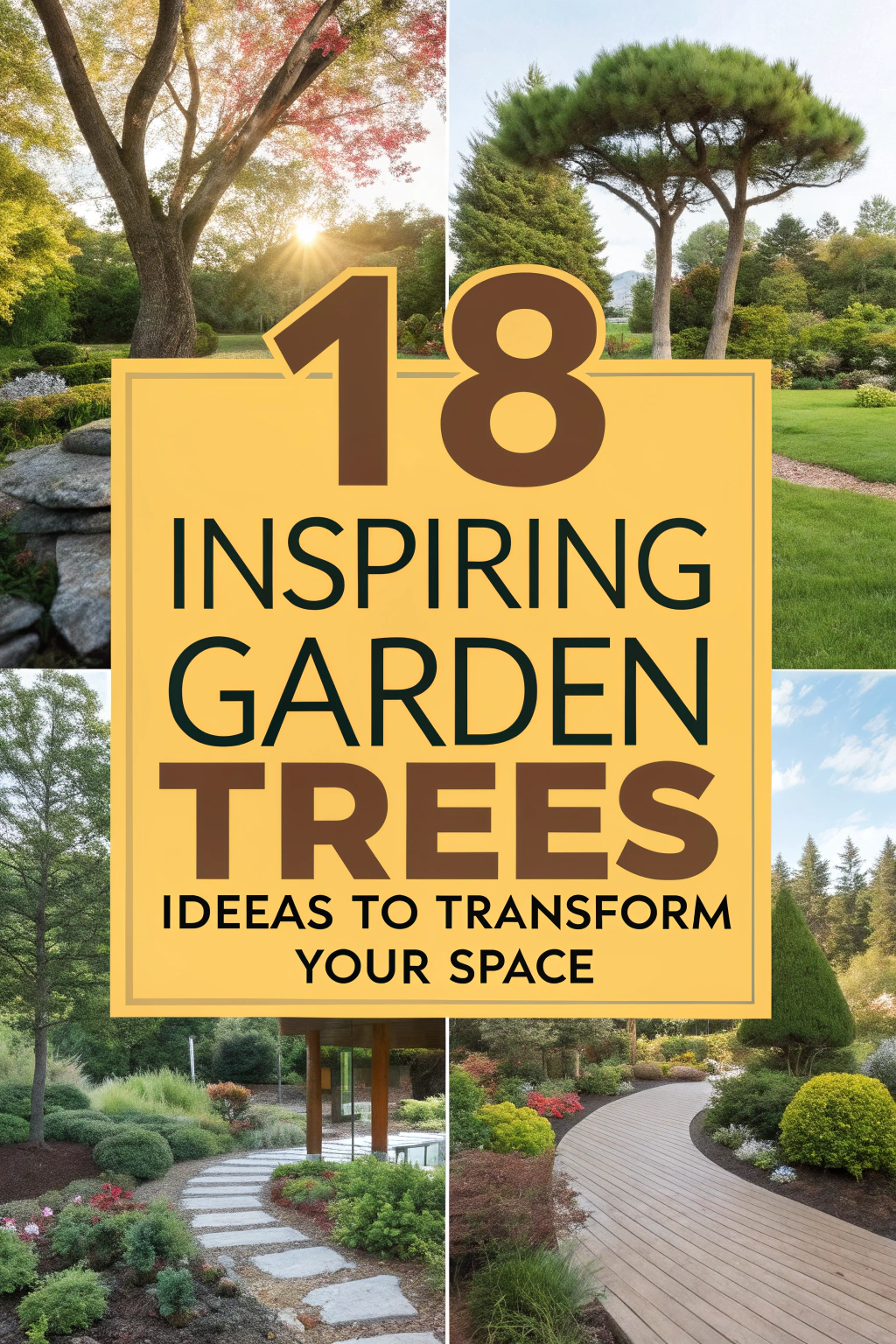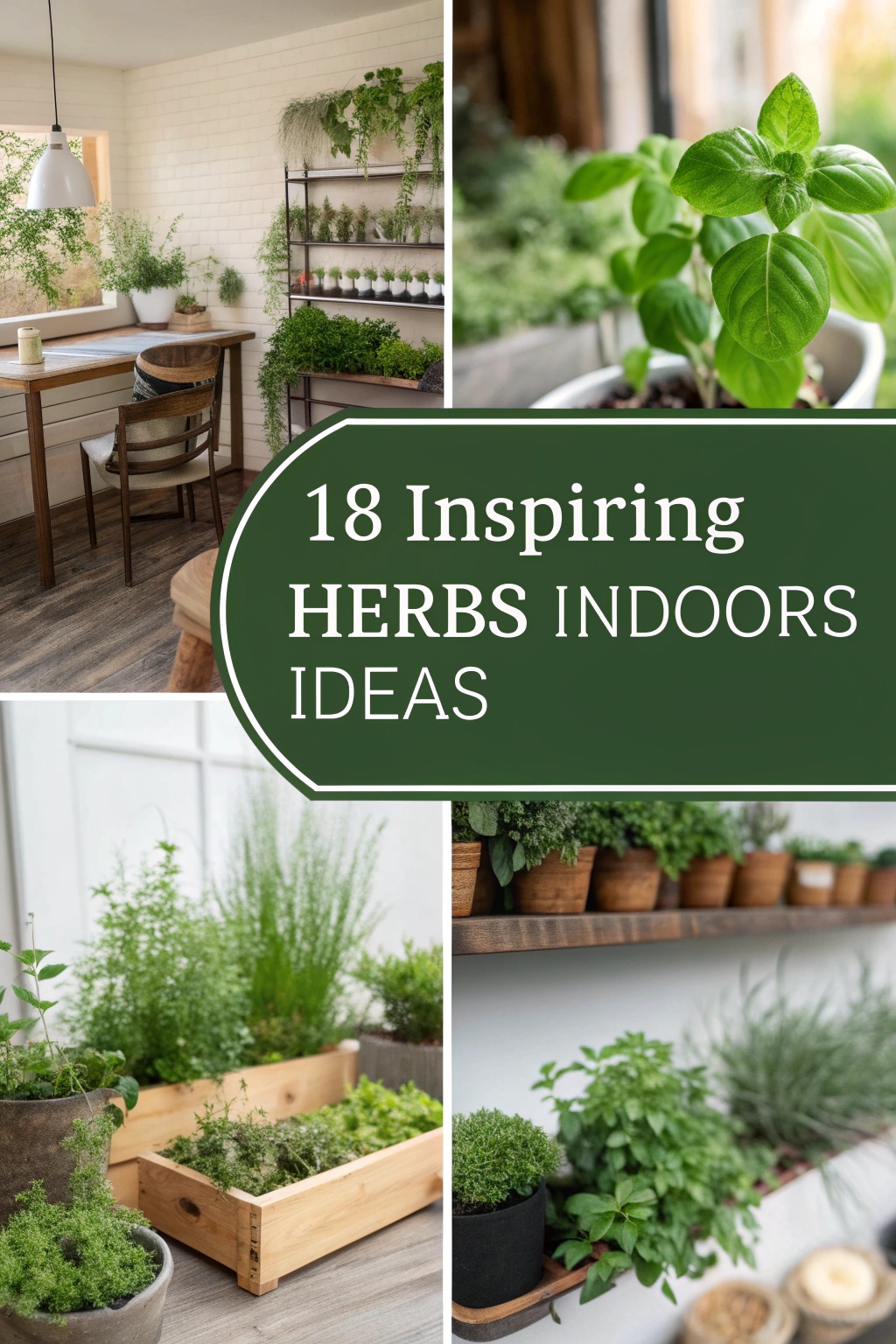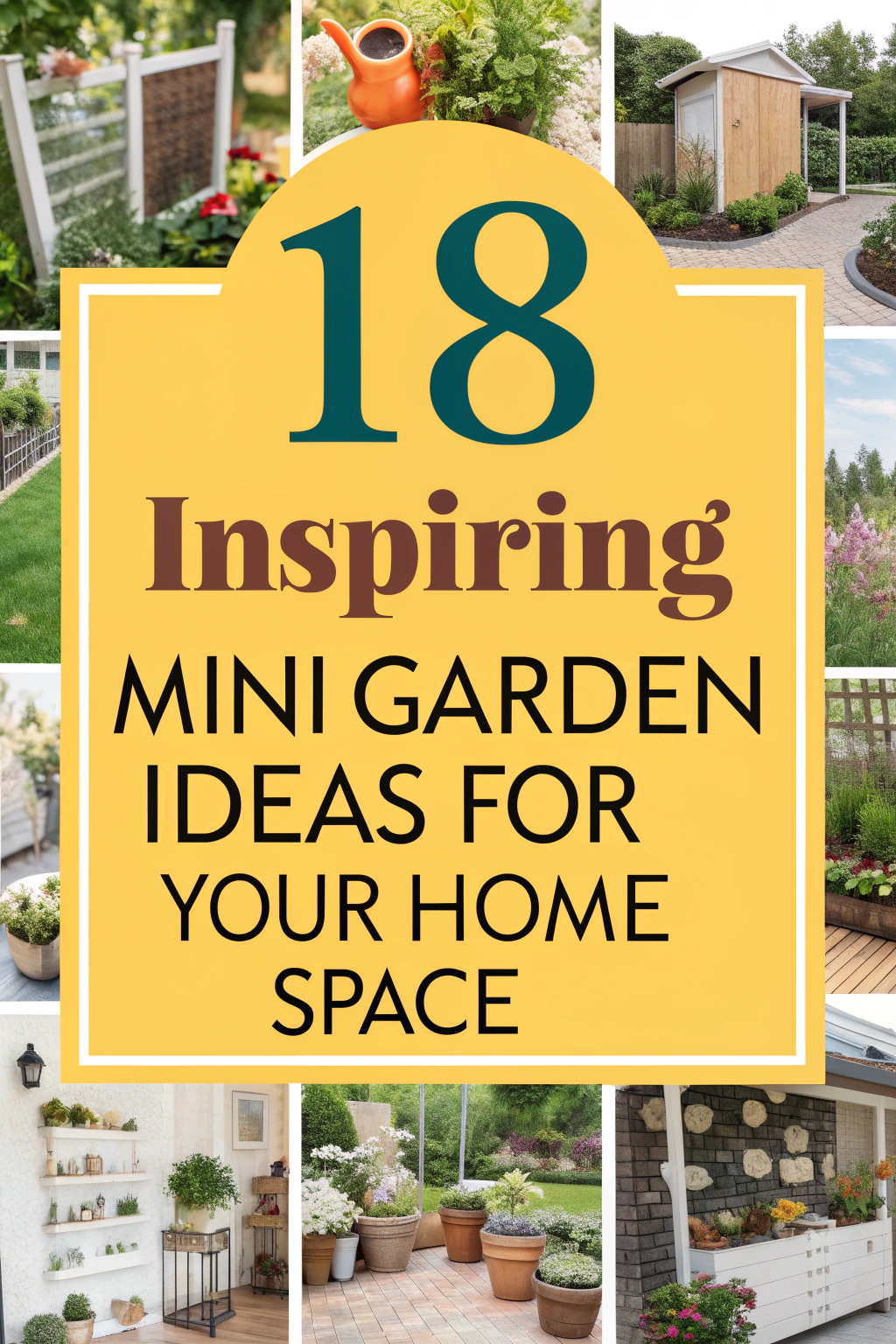18 Backyard Vegetable Gardens Ideas for Your Home
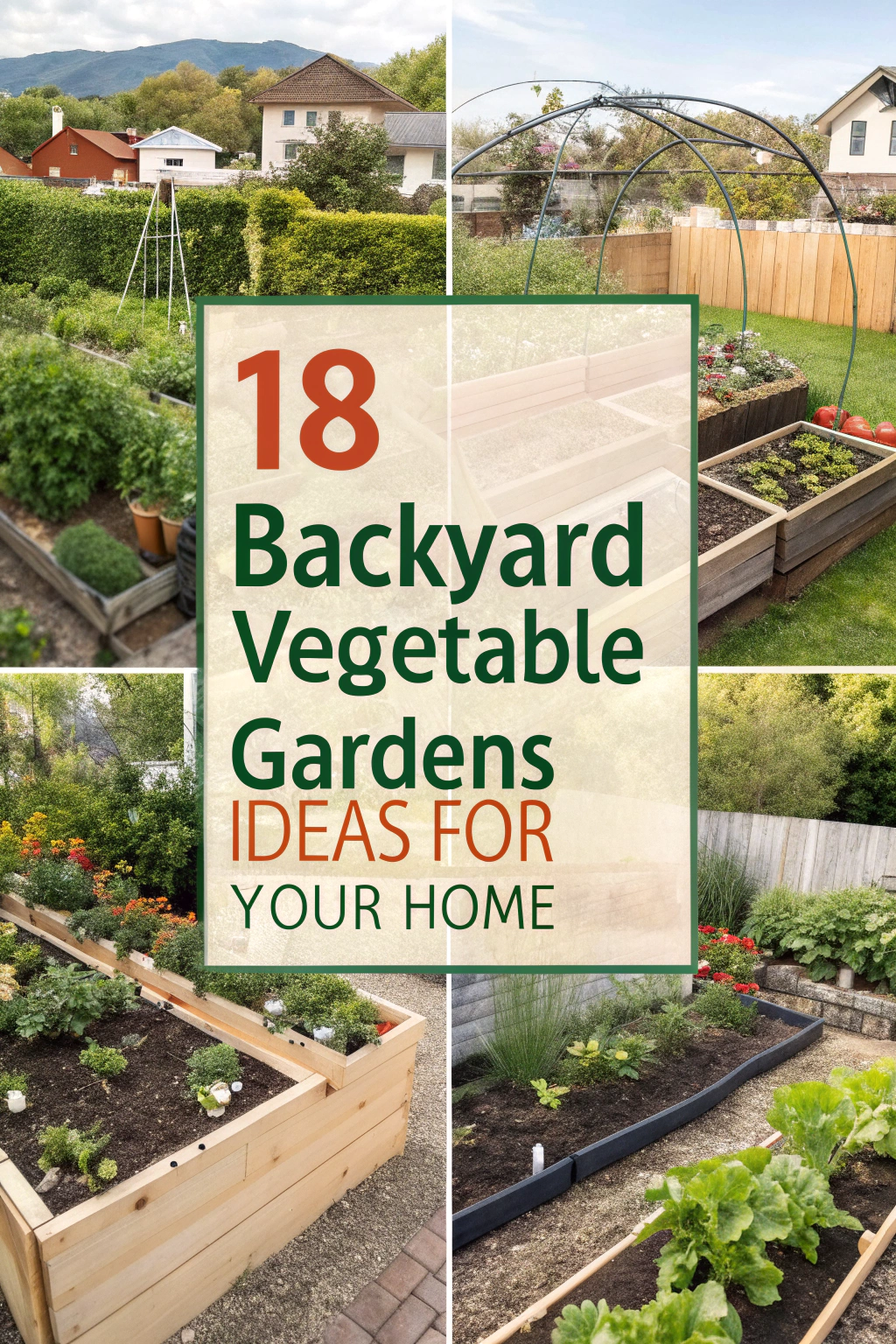
Hey there, ready to transform your backyard into a thriving vegetable haven? You’ve got endless possibilities to grow fresh, homegrown produce right at your doorstep. From space-saving tricks to sustainable setups, these 18 backyard vegetable garden ideas will inspire you to maximize every inch of your space. Curious about turning even the tiniest plot into a bountiful harvest? Stick around to uncover practical tips that’ll elevate your gardening game!
Raised Bed Gardening for Easy Access
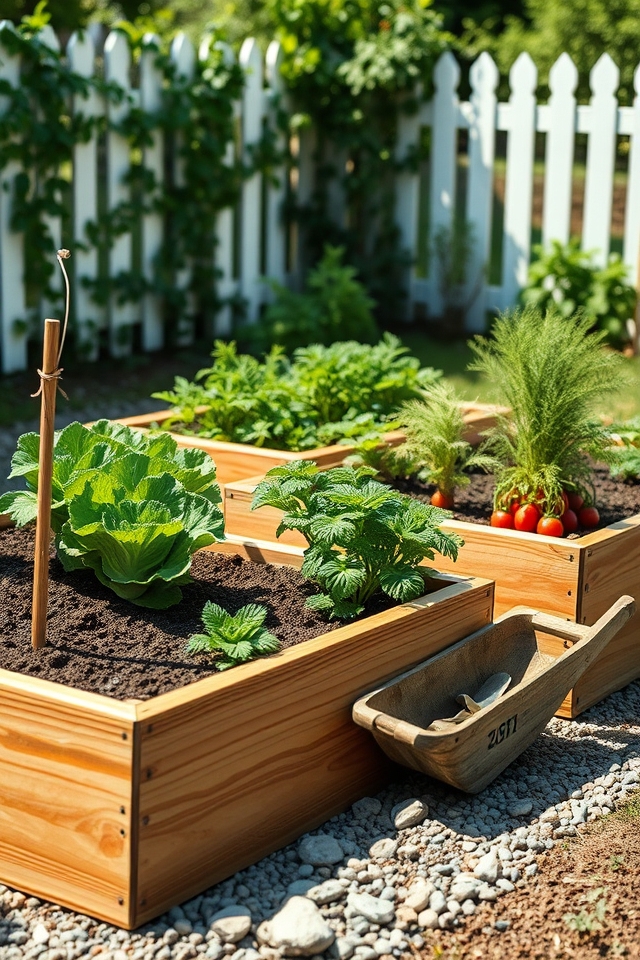
Raised bed gardening is an excellent option for easy access in a backyard vegetable garden. These elevated beds reduce the need for bending or kneeling, making gardening more comfortable, especially for those with mobility issues. They also provide better soil control, improved drainage, and can extend the growing season. Constructed from wood, metal, or stone, raised beds can be customized in height and size to suit individual needs and garden aesthetics.
Container Gardening for Small Spaces
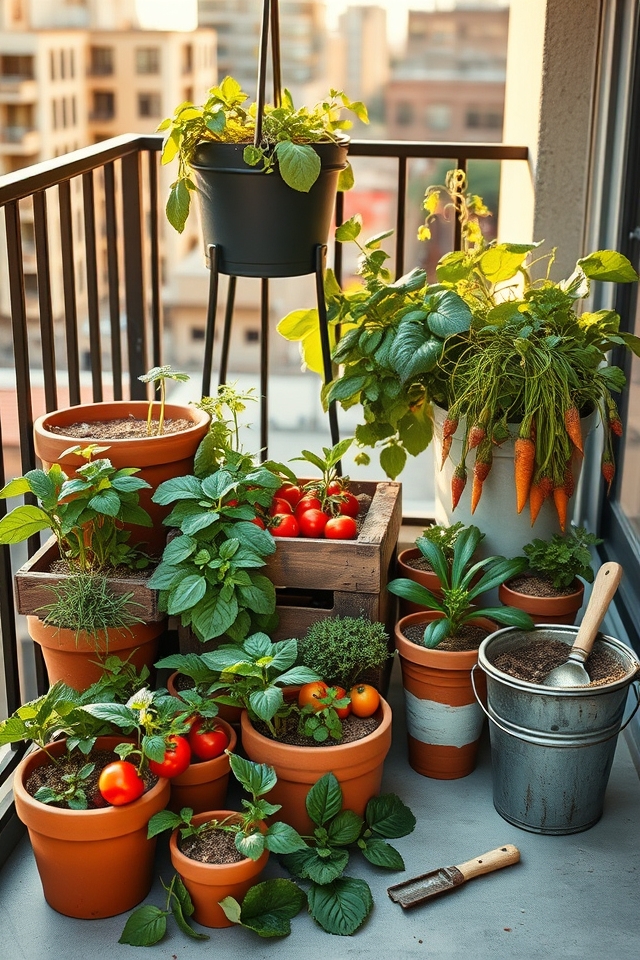
Container gardening is a perfect solution for small spaces, allowing anyone to grow vegetables even without a traditional garden. Using pots, buckets, or raised planters, you can cultivate a variety of crops like tomatoes, herbs, and lettuce on patios, balconies, or windowsills. This method offers flexibility, easy maintenance, and the ability to control soil quality. Plus, containers can be moved to optimize sunlight, making it ideal for urban dwellers with limited outdoor space.
Vertical Gardening to Maximize Space
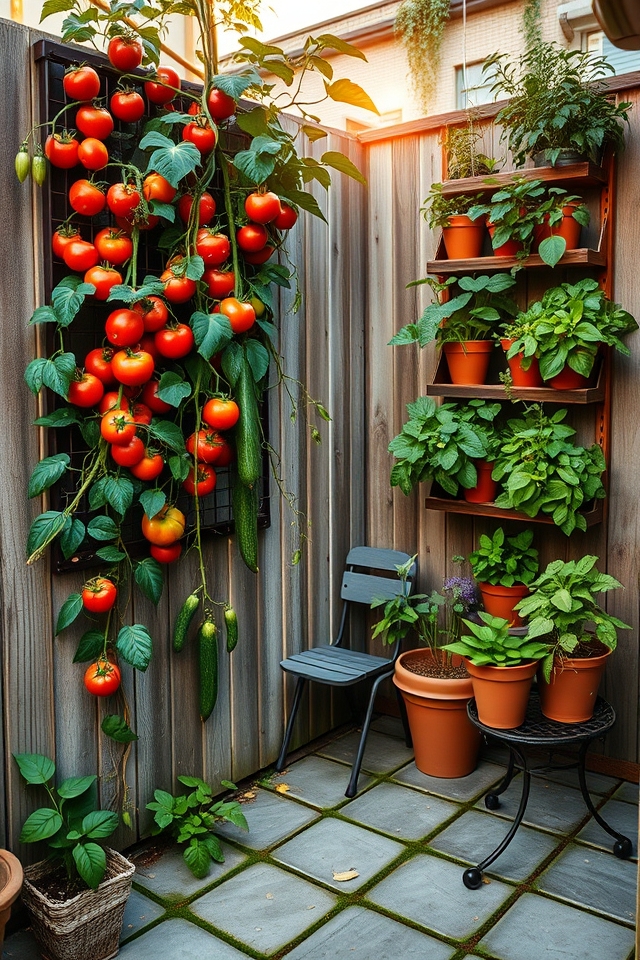
Vertical gardening is an excellent way to maximize space in a small backyard. By growing plants upwards using trellises, wall planters, or stacked containers, you can cultivate a variety of vegetables like tomatoes, beans, and cucumbers without needing extensive ground area. This method not only saves space but also improves air circulation and sunlight exposure for healthier plants. It’s a practical solution for urban gardeners or anyone looking to optimize their growing area.
Companion Planting for Healthier Crops
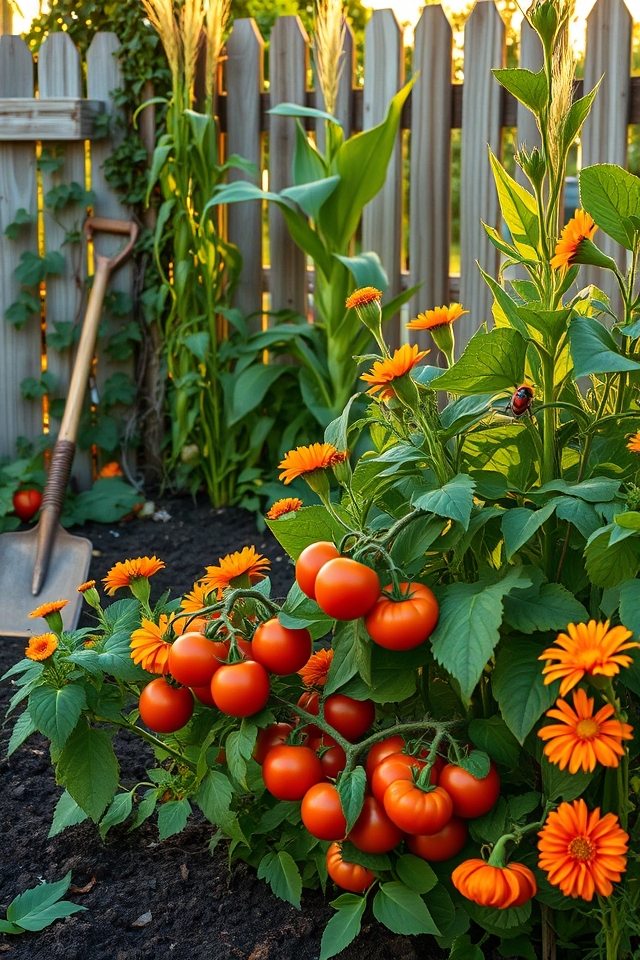
Companion planting is a strategic method of growing different plants together to enhance growth, deter pests, and improve overall crop health. For instance, planting marigolds near tomatoes can repel harmful insects, while beans can enrich the soil with nitrogen for neighboring plants like corn. This natural approach reduces the need for chemical pesticides and fertilizers, promoting a healthier, more sustainable backyard vegetable garden with improved yields and biodiversity.
Square Foot Gardening for Efficiency
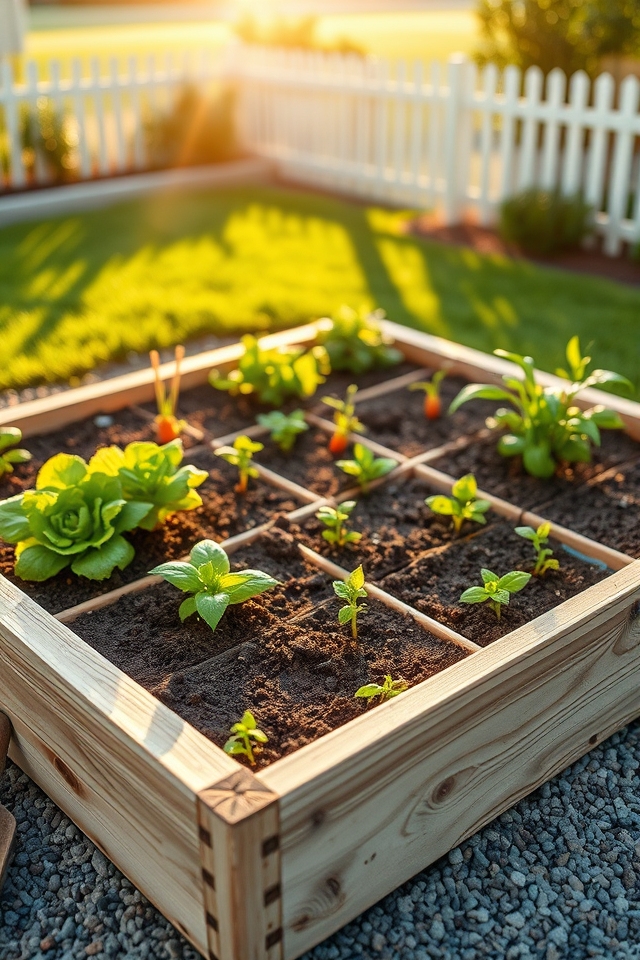
Square Foot Gardening is a highly efficient method for maximizing small spaces in a backyard vegetable garden. By dividing the growing area into 1×1-foot squares, each section can be planted with different crops based on their space needs. This approach minimizes waste, reduces weeding, and simplifies crop rotation. Using a grid system, gardeners can easily plan and maintain a diverse, productive garden while conserving resources like water and soil.
Herb and Vegetable Combo Beds
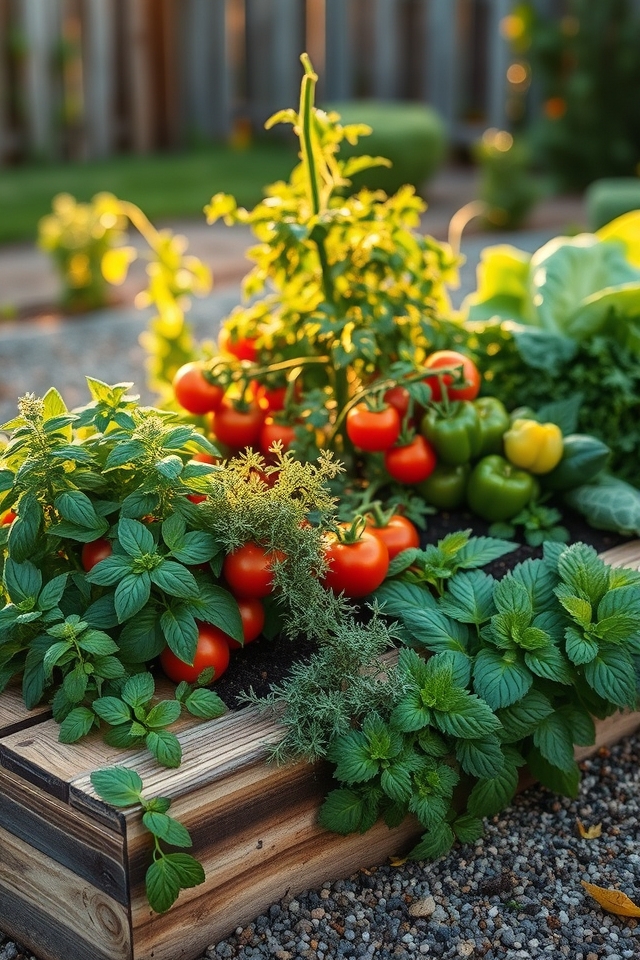
Combining herbs and vegetables in the same beds is a practical and space-saving idea for a backyard garden. Herbs like basil, thyme, and parsley can be planted alongside vegetables such as tomatoes, peppers, and lettuce. This pairing not only maximizes space but also enhances growth, as some herbs repel pests or improve flavor. For example, basil near tomatoes can deter insects. Arrange plants based on their sunlight and water needs for best results.
Pallet Gardens for Budget-Friendly Designs

Pallet gardens are a fantastic, budget-friendly option for creating a backyard vegetable garden. Using repurposed wooden pallets, you can build vertical or horizontal planting spaces that save money and space. Simply line the pallets with landscape fabric, fill with soil, and plant your vegetables in the slats. They’re perfect for small areas, easy to customize, and add a rustic charm to your garden while keeping costs low and sustainability high.
Trellis Systems for Climbing Veggies
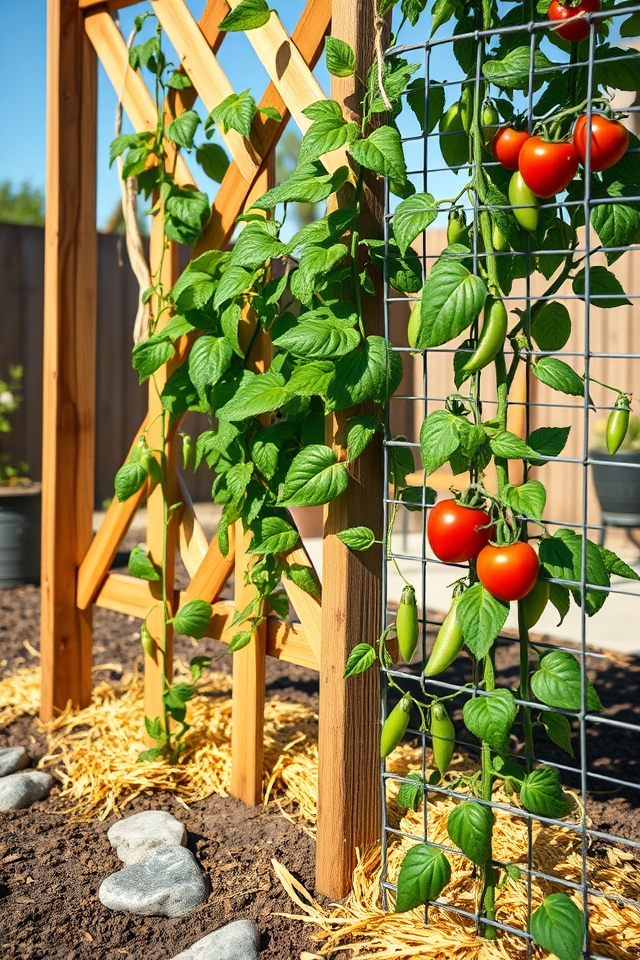
Trellis systems are an excellent way to support climbing vegetables like beans, peas, cucumbers, and tomatoes in a backyard garden. By using vertical structures such as wooden frames, metal cages, or wire mesh, trellises save space and keep plants off the ground, reducing the risk of pests and diseases. They also make harvesting easier and improve air circulation around the plants, promoting healthier growth and maximizing your garden’s yield in a small area.
Recycled Material Garden Beds
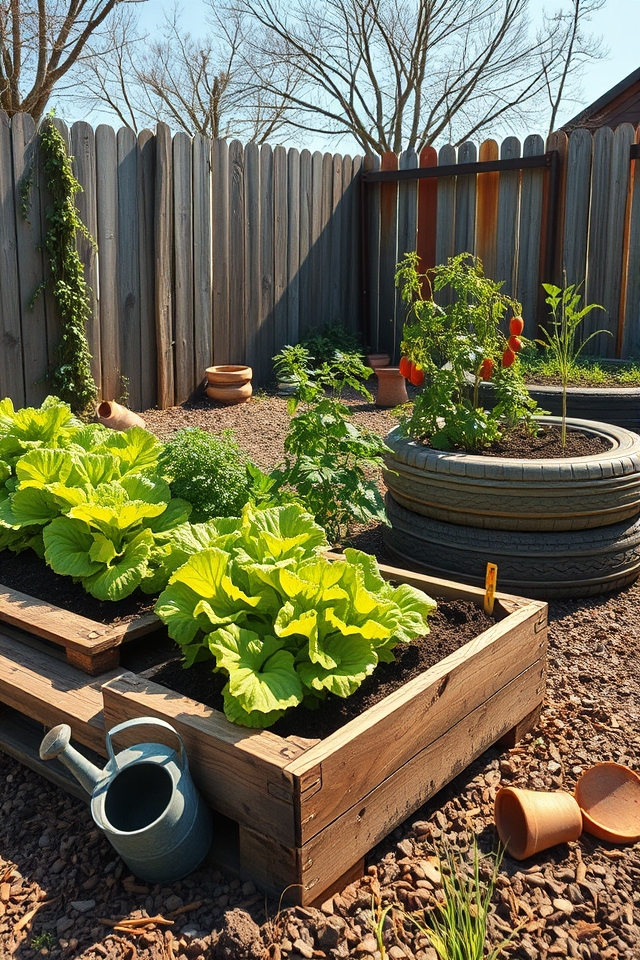
Recycled material garden beds are an eco-friendly and cost-effective way to create a backyard vegetable garden. Using items like old tires, wooden pallets, crates, or even broken concrete, you can build unique and functional raised beds. These materials not only reduce waste but also add character to your garden. Make sure proper drainage and line the beds with a barrier if needed to prevent soil contamination, making them safe for growing vegetables.
Tiered Garden Layouts for Visual Appeal
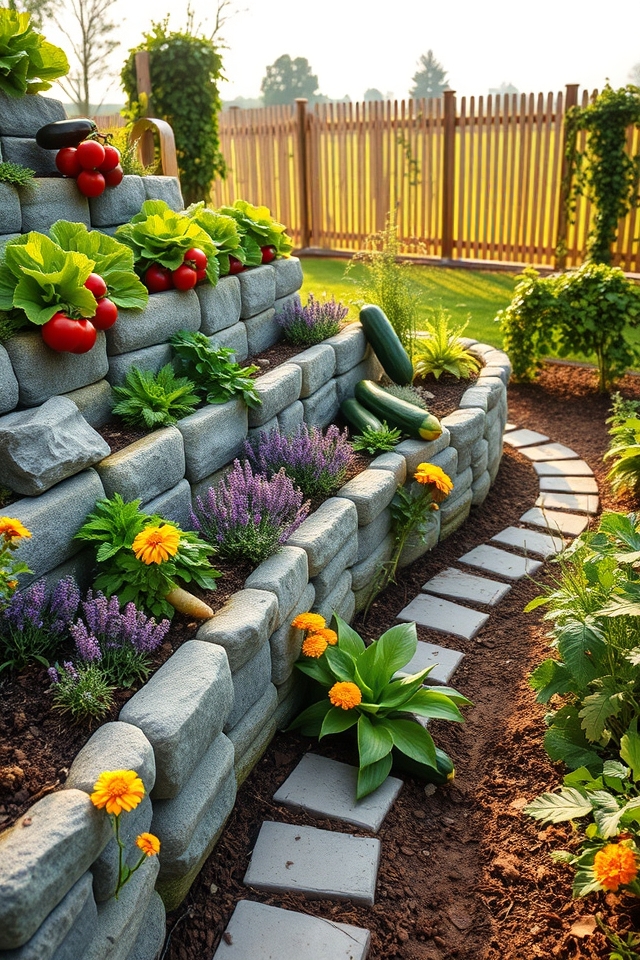
Tiered garden layouts add visual appeal and functionality to a backyard vegetable garden. By creating multiple levels using raised beds, retaining walls, or natural slopes, you can showcase a variety of crops while maximizing space. This design not only enhances aesthetics with cascading plants but also improves accessibility for planting and harvesting. Tiered layouts can help with drainage and sunlight exposure, ensuring each vegetable gets ideal growing conditions for a thriving garden.
Hydroponic Systems for Modern Gardening

Hydroponic systems are an innovative solution for modern backyard vegetable gardening, allowing plants to grow without soil by using nutrient-rich water. These systems can be set up in small spaces, making them ideal for urban environments. They offer faster growth, higher yields, and efficient water use compared to traditional gardening. Popular options include deep water culture, nutrient film technique, and vertical towers, providing flexibility for gardeners to cultivate fresh produce year-round.
Circular Garden Beds for Unique Style

Circular garden beds offer a unique and visually appealing style for backyard vegetable gardens. Unlike traditional rectangular plots, these beds create a softer, more organic look while maximizing space efficiency. They can be arranged in concentric circles or as standalone features, allowing for creative planting patterns. Perfect for small spaces, circular beds also improve accessibility, making it easier to tend to plants from all angles without stepping on the soil.
Pathway-Integrated Vegetable Plots
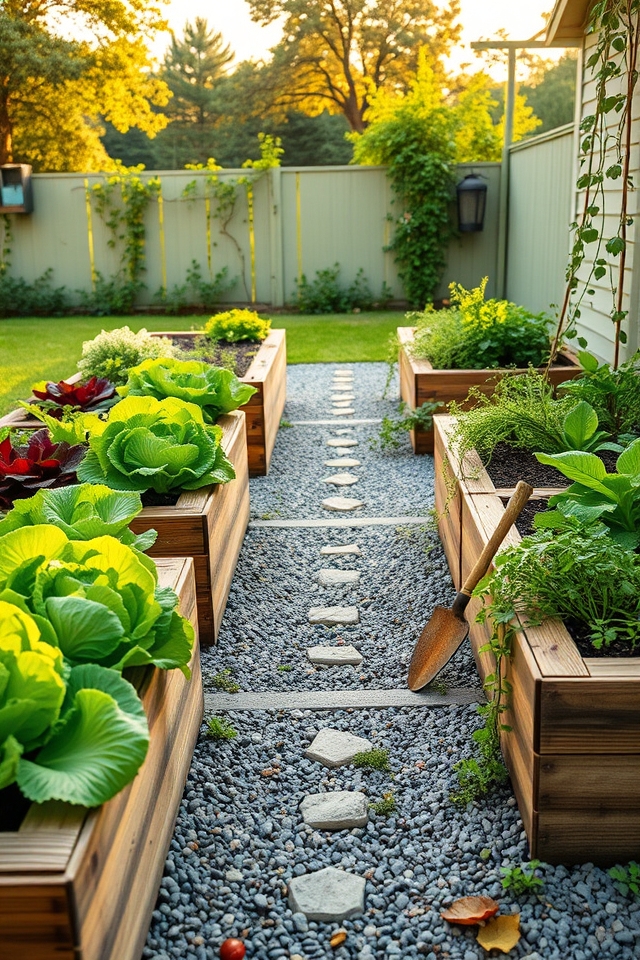
Pathway-integrated vegetable plots combine functionality with aesthetics in a backyard garden. By designing raised beds or planting areas alongside or between pathways, you maximize space while creating an organized layout. Use materials like gravel, pavers, or wood chips for paths to define areas and prevent soil compaction. This setup not only makes tending to crops easier but also adds visual appeal, turning a practical vegetable garden into a charming, accessible feature of your outdoor space.
Edible Landscaping Around Your Yard
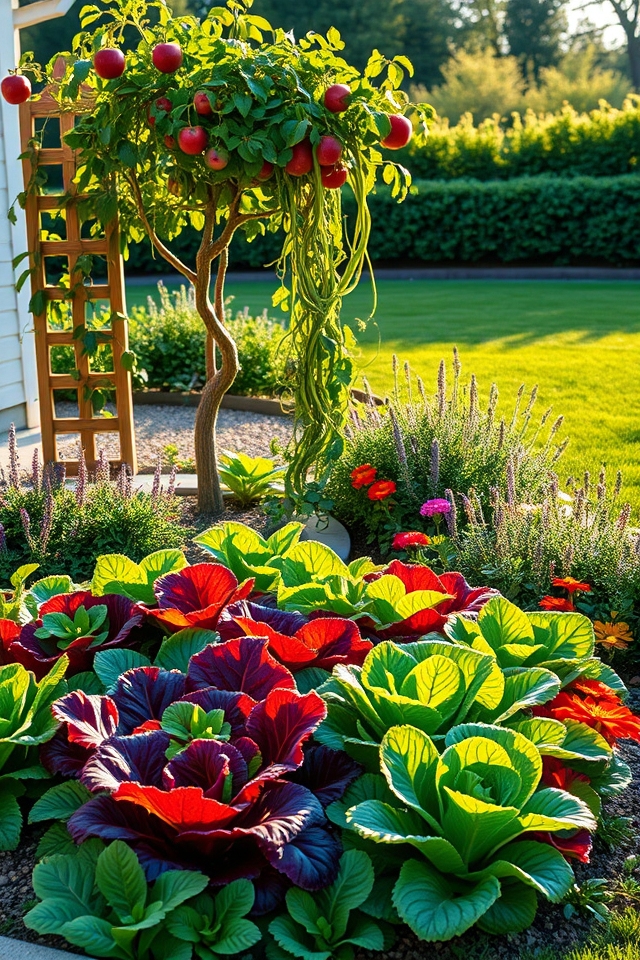
Edible landscaping transforms your yard into a beautiful, functional space by integrating food-producing plants with ornamental elements. Incorporate vegetables, herbs, and fruit trees into flower beds, borders, or even as focal points. For instance, use colorful Swiss chard or lettuce as edging, or train climbing beans on decorative trellises. This approach not only maximizes garden space but also enhances aesthetics, blending the practicality of growing food with the charm of traditional landscaping.
Greenhouse Additions for Year-Round Growth

Adding a greenhouse to your backyard vegetable garden is a fantastic way to extend the growing season and enjoy fresh produce year-round. Greenhouses provide a controlled environment, protecting plants from harsh weather, pests, and temperature fluctuations. They allow you to start seedlings early, grow delicate crops, and experiment with exotic varieties. Even a small greenhouse can greatly boost your garden’s productivity, ensuring a steady supply of homegrown vegetables regardless of the season.
Rain Barrel Irrigation for Sustainable Watering
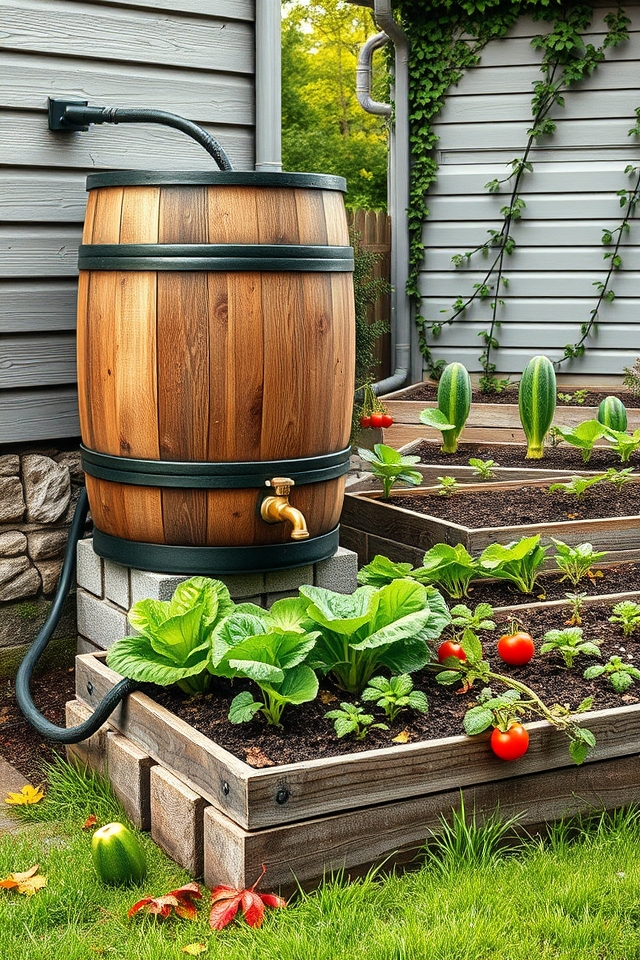
Rain barrel irrigation is an eco-friendly way to water your backyard vegetable garden. By collecting and storing rainwater from your roof via a downspout, rain barrels provide a sustainable water source during dry spells. Attach a hose or drip irrigation system to the barrel for easy distribution to your plants. This method reduces reliance on municipal water, conserves resources, and helps maintain consistent moisture for healthy vegetable growth.
Shade-Tolerant Vegetable Corners
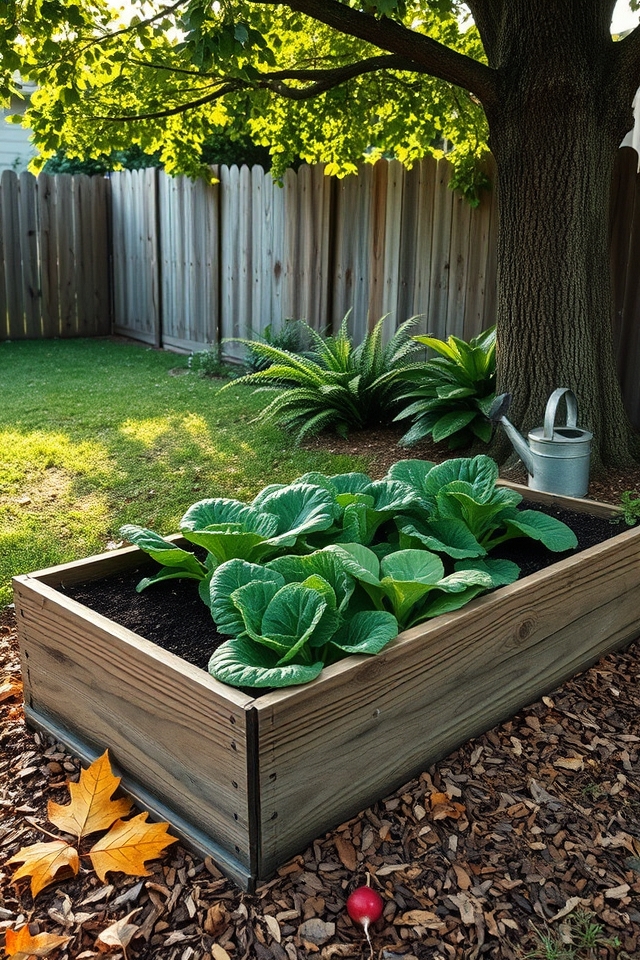
Shade-Tolerant Vegetable Corners are perfect for backyards with limited sunlight. Certain vegetables, like lettuce, spinach, kale, and radishes, thrive in partial shade, requiring only 3-4 hours of direct sun daily. Utilize shaded areas under trees or near tall structures by creating small raised beds or containers. This approach maximizes space and guarantees a productive garden, even in less sunny spots, while protecting delicate greens from intense heat and extending their growing season.
Kid-Friendly Garden Zones for Family Fun
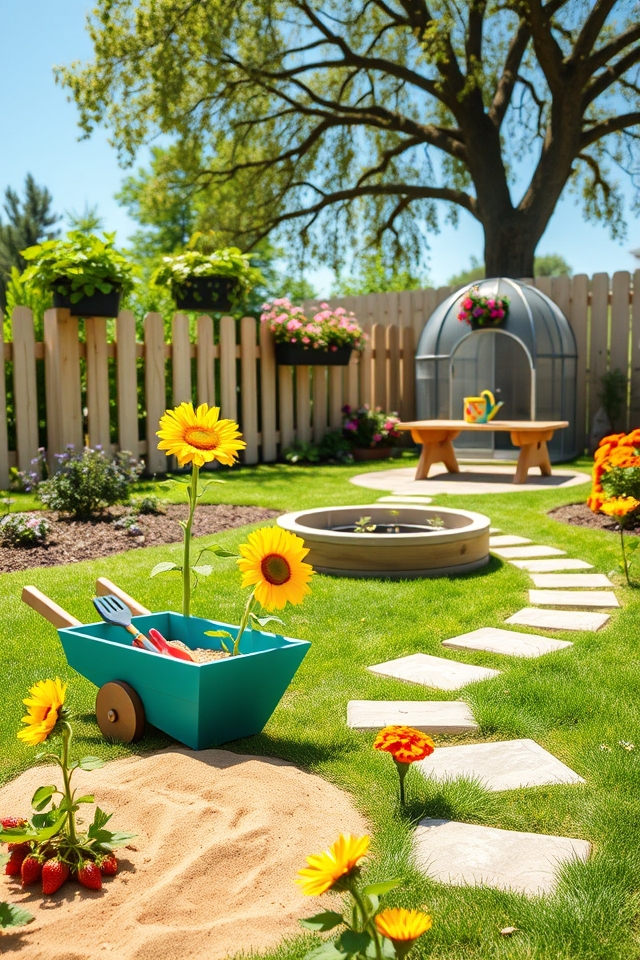
Creating kid-friendly garden zones transforms your backyard into a playful learning space. Design areas with low-maintenance, safe plants like sunflowers or strawberries that children can easily tend to. Include interactive elements such as a small sandbox, stepping stones, or a mini greenhouse for hands-on exploration. Use colorful signage to label plants, sparking curiosity. These zones encourage family bonding, teach responsibility, and inspire a love for nature while keeping little ones engaged and entertained.
